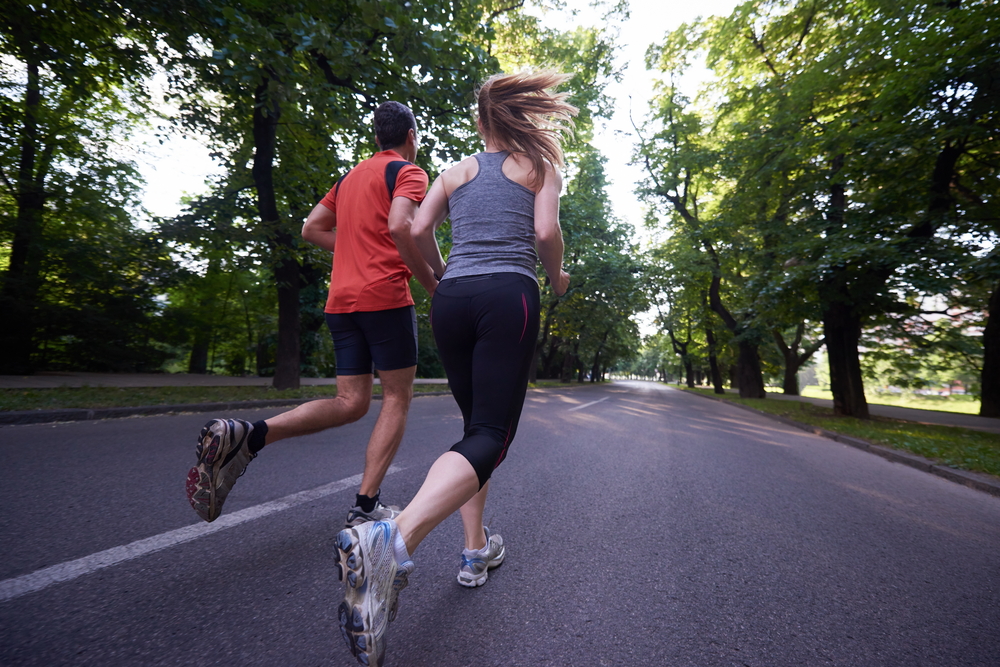Being outdoors and embracing the warm weather can be lots of fun. Whether you like going on adventurous hikes, swimming at the beach or playing in the backyard—whatever you love doing in the outdoors can create great memories for you and your loved ones. However, while the hot sun can make for a great time to be outdoors it also comes with dangers. It’s important to protect yourself, and those you love, to prevent an injury from happening and to stay safe.
Here’s what you should be paying close attention to:
Ultra violet rays
It’s important to protect yourself against the sun’s harsh rays while outdoors. Too much exposure to the sun’s ultra violet rays can cause burns, eye damage and lead to skin cancer.
While outdoors shade yourself by spending time in shaded areas rather than areas with direct sunlight and wearing a wide-brimmed hat (especially mid-day when the sun’s rays are strongest). Also, use a broad-spectrum sunscreen with a sun protection factor of at least 30 and make sure to reapply it at least every 2 hours.
Protect your eyes by wearing sunglasses that block a minimum of 99% of UV light and by never looking directly at the sun.
Heat
Exposure to heat can cause health issues like heat cramps, heat exhaustion and heat stroke (which is life-threatening). To help protect yourself and your loved ones from heat there are some simple preventative measures you can take.
While out and about never leave children or animals inside a vehicle as temperatures can rise quickly to dangerously hot levels. While you’re outdoors, wearing clothing that is light in colour and weight, as well as loose-fitting, can help you avoid absorbing the sun’s rays with dark colours. Also, staying hydrated is very important. Make sure to have lots of fluids with you to drink while avoiding caffeine and alcohol.
Try to avoid strenuous activities and scheduling events during the midday sun and heat. Check in on friends and family that don’t have air conditioning, and who spend much of their time alone. If you don’t have air conditioning finding air-conditioned locations that you can go to during midday heat (like cooling centers, libraries or malls) is a great way to avoid heat related illnesses.
While you can protect yourself from the sun while you’re out and about this summer, unfortunately sometimes you can get injured in other ways. If you or someone you love has been injured, and need legal assistance, call #1000 on your cell phone for free. We will offer you a free claim assessment.















